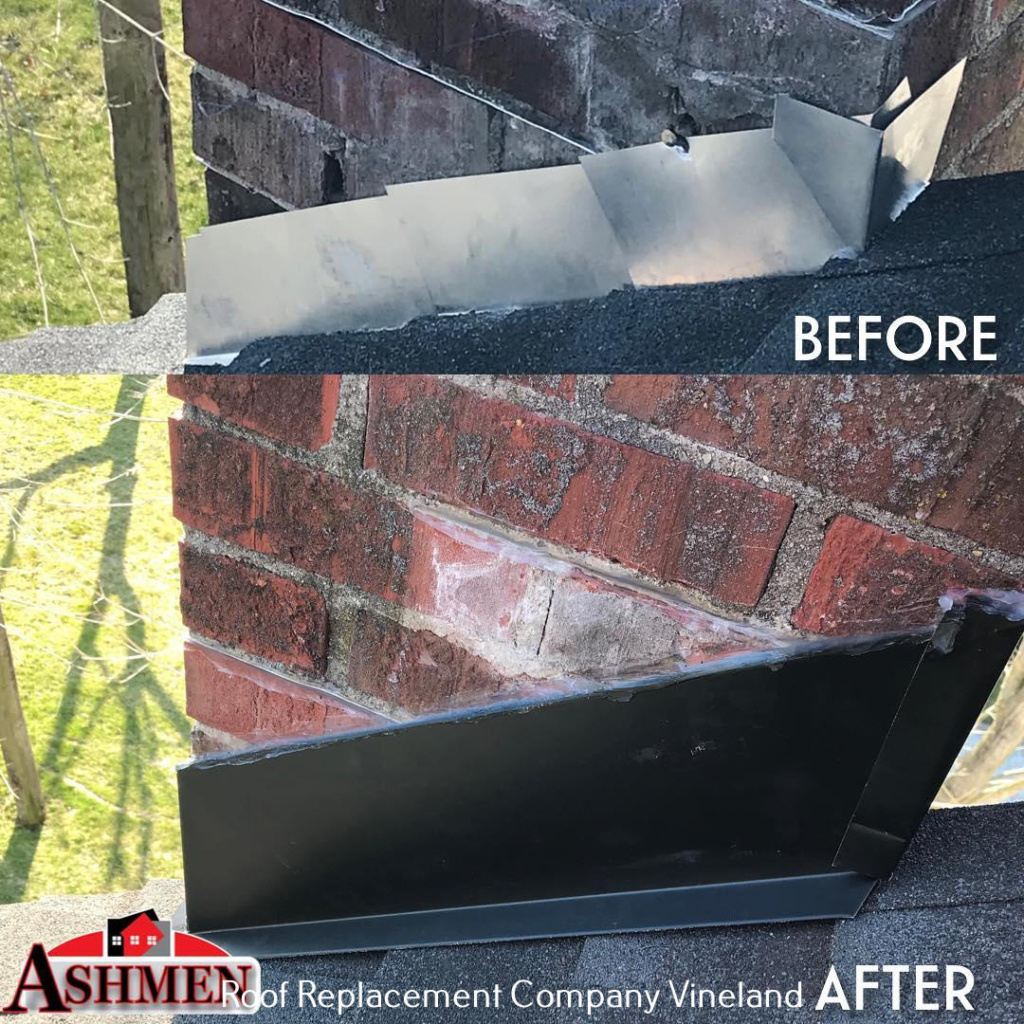In Vineland, New Jersey, the Vineland Diamond Railroad Crossing stands as a historic landmark and a testament to the town’s rich industrial heritage. Serving as a vital link in the region’s transportation network, this iconic railroad crossing has played a significant role in shaping the growth and development of Vineland over the years. In this article, we explore the history, significance, and modern-day relevance of the Vineland Diamond Railroad Crossing. More can be found here.
A Link to the Past
The Vineland Diamond Railroad Crossing traces its origins back to the late 19th century when railroads played a pivotal role in connecting communities and facilitating the movement of goods and passengers across the country. Constructed at the intersection of two major railway lines, the crossing served as a vital hub for freight and passenger trains traveling through Vineland and beyond. Learn more about A Marvel of Eccentricity: The Palace of Depression in Vineland, NJ.

Industrial Hub
During its heyday, Vineland was a bustling center of industry, with numerous factories, mills, and warehouses dotting its landscape. The Vineland Diamond Railroad Crossing played a crucial role in facilitating the transportation of raw materials, agricultural products, and manufactured goods to and from these industrial facilities, contributing to the town’s economic prosperity and growth.
Crossroads of Commerce
As a key junction point for multiple railway lines, the Vineland Diamond Railroad Crossing became a bustling hub of activity, with trains arriving and departing at all hours of the day and night. Freight trains carrying goods such as produce, lumber, and textiles passed through the crossing on their way to markets across the country, while passenger trains provided transportation for residents and visitors alike.
Community Impact
The presence of the Vineland Diamond Railroad Crossing had a profound impact on the local community, shaping the lives and livelihoods of Vineland residents for generations. The crossing provided employment opportunities for railroad workers, supported local businesses through the transportation of goods, and facilitated travel and commerce between Vineland and neighboring towns and cities.
Historic Landmark
Today, the Vineland Diamond Railroad Crossing stands as a historic landmark and a reminder of Vineland’s industrial past. While the frequency of train traffic has diminished over the years, the crossing continues to serve as a vital link in the region’s transportation infrastructure, connecting Vineland to the broader railway network and supporting the movement of freight and passengers.
Preserving Heritage
In recognition of its historical significance, efforts have been made to preserve and commemorate the legacy of the Vineland Diamond Railroad Crossing. Historical markers and plaques have been installed near the crossing to provide information about its history and significance, while community events and celebrations honor the role of the railroad in shaping Vineland’s identity.
Modern-Day Relevance
Despite advances in transportation technology, the Vineland Diamond Railroad Crossing remains an essential component of Vineland’s infrastructure, supporting the transportation of goods and materials by rail. As the town continues to evolve and grow, the crossing serves as a reminder of Vineland’s industrial heritage and the enduring importance of its connections to the wider world.
Conclusion
In conclusion, the Vineland Diamond Railroad Crossing holds a special place in the history and identity of Vineland, New Jersey. As a symbol of the town’s industrial heritage and a vital link in its transportation network, the crossing continues to play a significant role in shaping the community and supporting its economic growth and development. With its rich history and continued relevance, the Vineland Diamond Railroad Crossing stands as a testament to the enduring legacy of railroads in Vineland and beyond.



